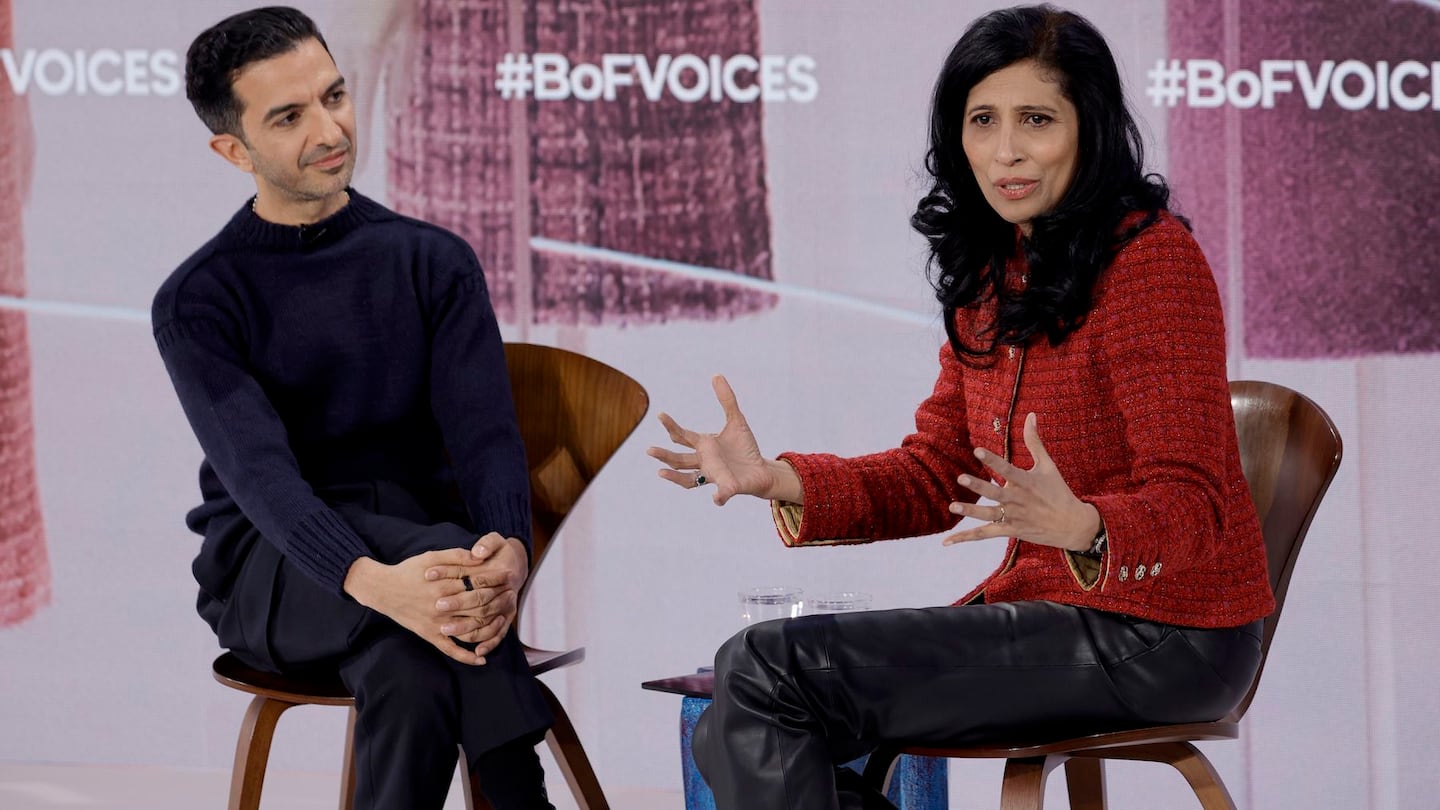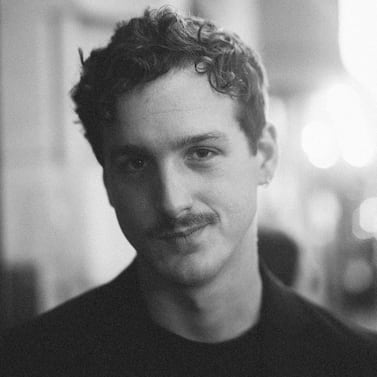
Agenda-setting intelligence, analysis and advice for the global fashion community.

Agenda-setting intelligence, analysis and advice for the global fashion community.

OXFORDSHIRE — As a young female executive climbing the ranks at Unilever in India, Leena Nair recalls co-workers “looking at her like an alien” when she came to work each day: in an entire industrial park, she was at times the only woman.
But being treated like an outsider is something Nair has always taken as a challenge: “You can’t do it? Says who?” she said in her first public interview, speaking to Imran Amed at The Business of Fashion’s VOICES gathering in Oxfordshire.
Specialising in management development and human resources, Nair eventually rose to lead the consumer packaged goods giant’s HR functions globally, a role in which she was responsible for the careers and well-being at work for over 150,000 employees.
Then, in January 2022, Nair was named CEO of French luxury goods titan Chanel, becoming the first outside executive to lead the company since Maureen Chiquet left the company in 2016.
ADVERTISEMENT
The jump from running the HR function at a consumer goods behemoth to being responsible for the bottom line in one of luxury fashion’s most powerful and visible positions made Nair an outside pick for Chanel. But there’s an attractive logic to bringing in an executive with an outsider’s eye to the tradition-steeped luxury industry, as well as someone who sees business through the lens of talent.
“The way I lead, it’s about putting people at the centre of what you do. If you look after people they will help you take care of the business,” Nair explained. “It’s about galvanising and inspiring people.”
Chanel is being transformed by generational change at every level, from its supply chain — where the special skills of craftspeople are increasingly rare and difficult to sustain — to the creative director role where Virginie Viard has had to fill the shoes of its visionary couturier Karl Lagerfeld, who passed away in 2019 after leading the brand for 37 years. And that’s not to mention consumers, who increasingly look to luxury labels to champion values and broker culture and inspiration, not just to craft immaculate product.
Nair says she spent nearly two years travelling the world to immerse herself in the Chanel universe from stores to suppliers, to studios and headquarters teams.
The result: a strategy aimed at laying the foundations for the brand’s, founded by Gabrielle Chanel in 1910, next hundred years — which she lays out in three buckets.
First, she says she wishes to expand, deepen and improve the brand’s work on sustainability and social development, particularly through causes like circularity, worker conditions in the supply chain and promoting “women’s autonomy.”
“The first aim is to have a positive impact on the world… We want to be exemplary in our social and environmental sustainability as well as our philanthropy,” she said.
Secondly, in a world that’s bracing for the transformational impact of artificial intelligence, Chanel is committing to preserving the centrality of the human touch across all aspects of its strategy, from the craftsmanship that goes into products to the store experience. During her crash course in luxury fashion industry joining the company from Unilever, Nair says she was amazed by the care that goes into making its products — the fact that every garment is made by human hands, with some pieces requiring hundreds of hours of labour.
ADVERTISEMENT
“We want to protect human creators and human creation.. We’re committed to training at least 1,200 people per year on craftsmanship skills.”
Thirdly, Chanel wants to reassert its identity as an innovator — founder Chanel liberated women from corsets and heavy skirts, and marketed handbags with long straps for women in motion who wanted to keep their hands free — with an emphasis on cultural creation and startup investments.
Expect more bets on tech pioneers and initiatives like film production (the company was a backer for Kristen Stewart’s recent turn as Princess Diana in ‘Spencer’) and events that promote cultural exchange like the company’s runway show in Senegal last year, which was paired with performances and the sponsorship of art exhibitions in both Dakar and Paris.
“We want to be always focused on what’s next, to always be part of what’s coming. We know artists can smell it, so we work with art, theatre, dance, cinema, game design — you name it, we want to be there and be learning from it at all times,” Nair said.
A strategy tying sustainability, a human touch and innovation might not sound terribly new at a luxury mega-brand which was one of the first to phase out fur and exotic skins, and has long promoted craftsmanship and cultural innovation.
Still, it’s a rare leader — and perhaps only an outsider — who can strip what makes a company like Chanel special down to its essence and project it into the future.
Virginie Viard is the latest designer to join in fashion’s pre-Olympic celebration of Paris, both as city and state of mind, writes Tim Blanks.
The luxury brand is the latest to put a hot young star at the forefront of its advertising efforts, but what’s most compelling is what the partnership says about male celebrity today.

Robert Williams is Luxury Editor at the Business of Fashion. He is based in Paris and drives BoF’s coverage of the dynamic luxury fashion sector.
The FTC argued at an eight-day trial in New York that the merger would eliminate fierce head-to-head competition between the top two US handbag makers.
The Birkin bag maker reported a hefty rise in third-quarter sales on Thursday, continuing to outperform rivals hit hard by a sharp slowdown in luxury demand.
Sales at the French group fell 16 percent in the third quarter as a market-wide downturn hit hard. At flagship brand Gucci, where revenue fell 25 percent, management is exploring store closures while betting on a revamped handbag programme to jump start demand.
The tie-up between the French couture giant and the Hindi film star comes as luxury executives eye India’s high growth potential.